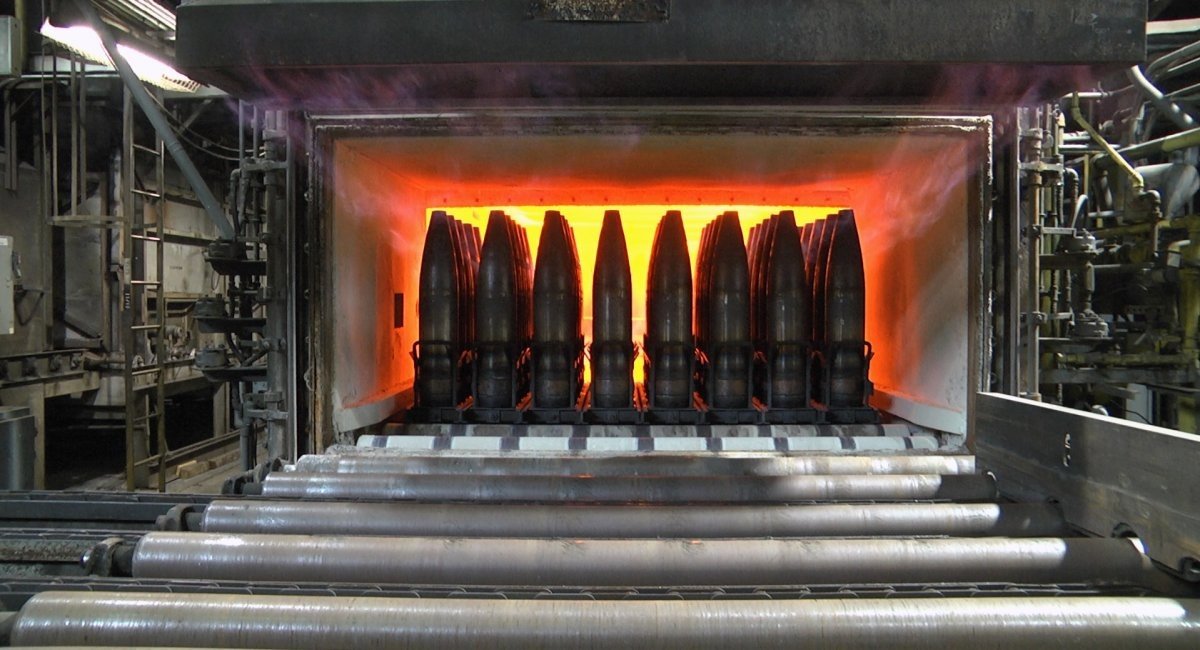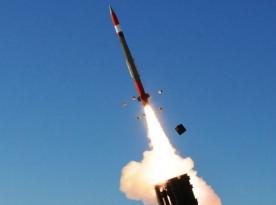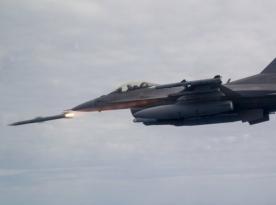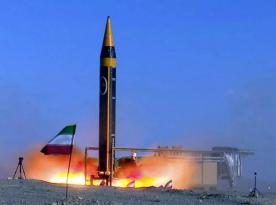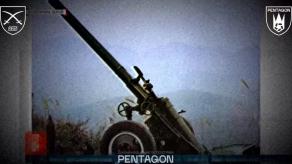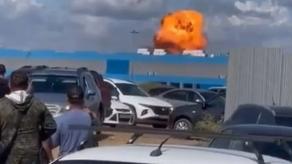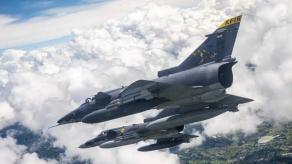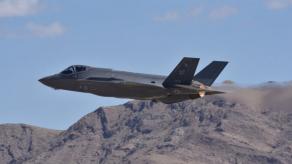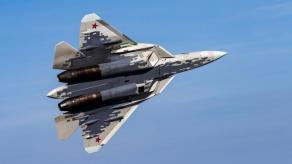Global Ordnance, one of the largest American munitions manufacturers, is facing a significant shortage of explosives, limiting its actual production capacity.
The vice president of energetics for Global Ordnance, Johnny Summers, discussed this and other details of the current explosives market with TWZ. It is reported that from 2020 to 2022, the company purchased trinitrotoluene (TNT) from the RPE Zorya in Rubizhne, Luhansk Oblast, Ukraine.
Read more: German IRIS-T SLX Purchase Shows that Missile Production is the Weak Link of Europe's Air Defense
russia's invasion of Ukraine was a catalyst for a sharp increase in the price and shortage of explosives in the world. In particular, the cost of TNT has quadrupled over the past four years, and now the U.S. government is purchasing it at about $40 per kg (approximately $20 per lb). Prices for commercial buyers are slightly lower due to simpler transportation rules.
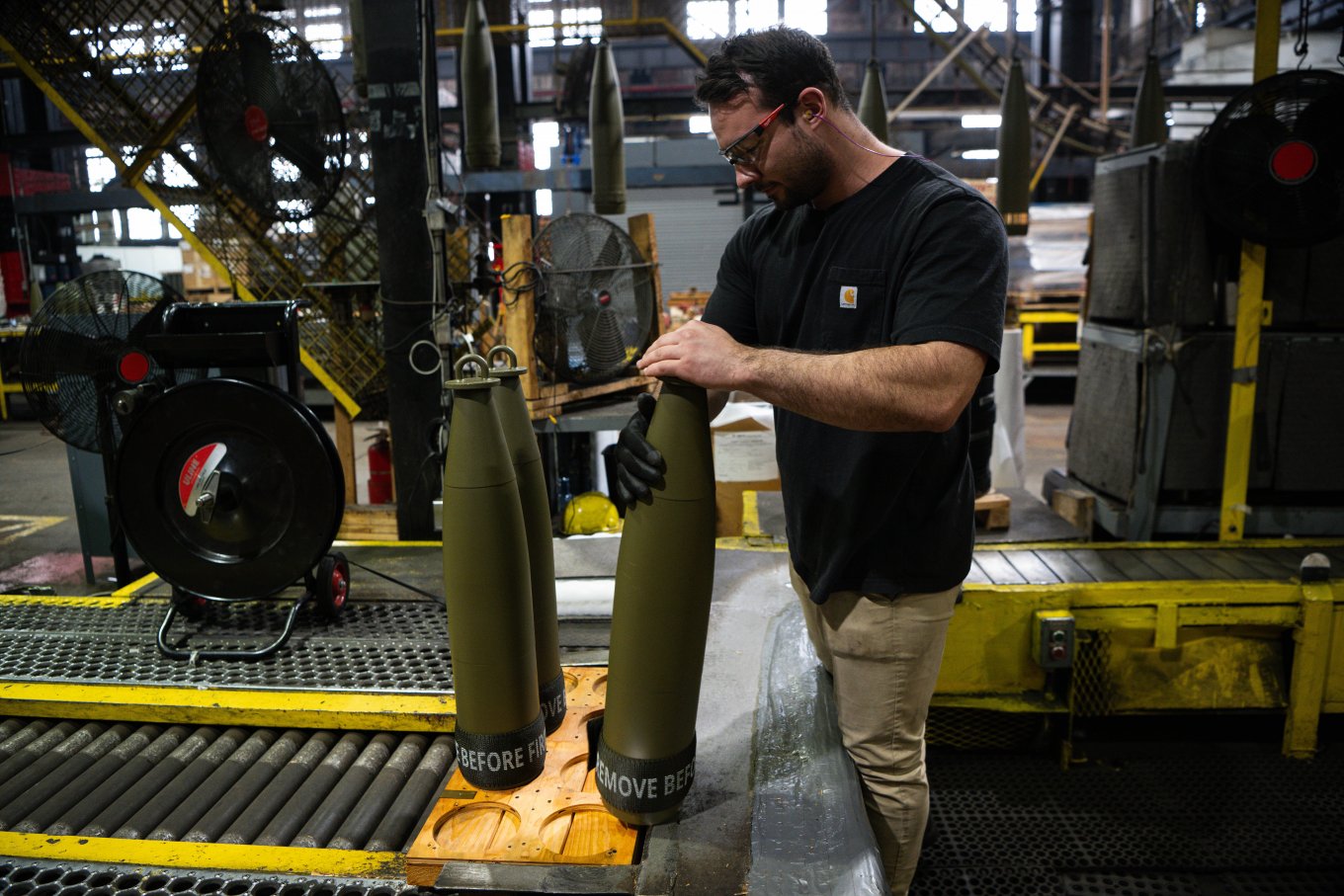
The U.S. commercial demand for TNT is currently about 2 million kg per year (4.4 million lb). The U.S. government has announced a need for TNT ranging from 0.45 to 3.6 million kg (1 to 8 million lb) for the period from 2027 to 2031. Global Ordnance does not disclose current sources of supply but notes that it cannot purchase TNT from China, which produces it on a massive scale.
However, explosives are not the biggest shortage in ammunition production right now. Propelling charges, or more specifically, nitrocellulose, remain the main challenge. Global Ordnance currently imports about 1 million kg (2.2 million lb) of nitrocellulose to the United States for gunpowder production. It is known that an M119A2 charge using M6 powder, with a total weight of 10.7 kg, requires approximately 9 kg (20 lb) of nitrocellulose.
China is also a leader in the global nitrocellulose market. At the same time, the United States is only resuming the production of explosives on its territory. It should be noted that billions of dollars have been allocated for this purpose, including the opening of seven new ammunition plants.
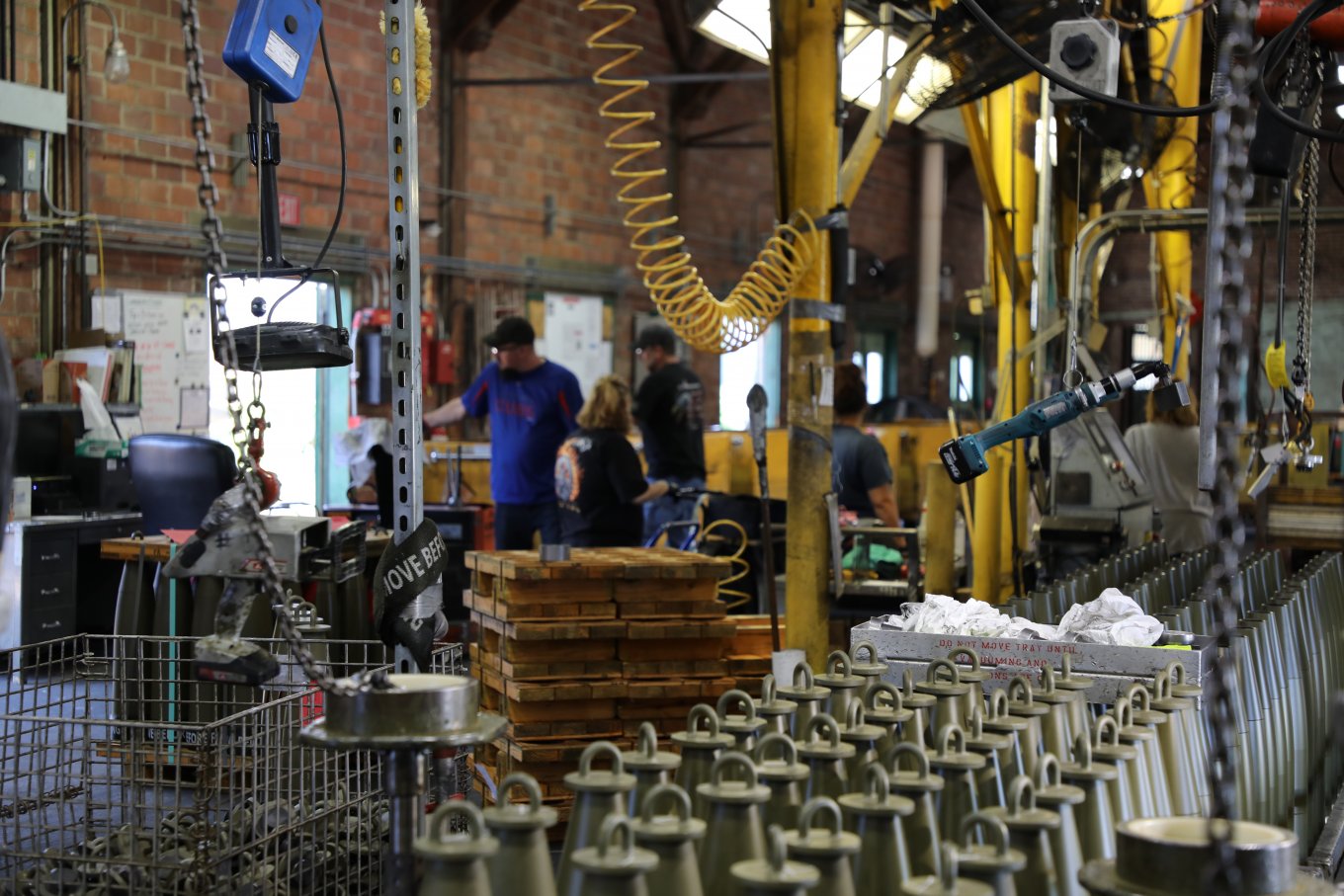
Johnny Summers also responded to an interesting question — whether a war over Taiwan could further undermine the ammunition market. In his opinion, this is unlikely to happen, as the Pacific theater does not allow for the same intensive use of artillery as seen in Europe.
On behalf of Defense Express, we note that while the United States avoids using China's production facilities, russia is unlikely to face such restrictions. There is information that in 2023, Chinese companies sold more than 1,300 tons of nitrocellulose to russian ones, and it is unlikely that the figure was any lower in 2024.
In addition, the shortage of nitrocellulose has forced Western companies to look for solutions. For instance, BAE Systems has recently announced that it is launching a revolutionary technology for synthesizing explosives without nitrocellulose and nitroglycerin.
Earlier Defense Express reported that russia wants to increase explosives production by 6,000 tons.
Read more: Leidos Unveils America's Brand New 100kg Small Cruise Missile with 640 km Range




